Mastering Mountain Bike Suspension: A Complete Guide for Riders
What We Covering?
- Introduction to Mountain Bike Suspension
- Types of Mountain Bike Suspension
- Setting Up Suspension
- Maintenance and Servicing
- Choosing the Right Suspension for Your Bike
- Common Suspension Issues and Troubleshooting
Introduction to Mountain Bike Suspension:
For mountain bikers, the thrill of smashing down steep trails and conquering challenging terrain is part of the allure of the sport.
However, navigating rocky descents, root-strewn paths, and uneven surfaces can take a toll on both rider and bike without the proper equipment.
This is where mountain bike suspension comes into play.
Mountain bike suspension serves as the bridge between rider and terrain, offering a critical layer of cushioning and control that enhances both comfort and performance.
By absorbing impacts from bumps, rocks, and obstacles, suspension systems help maintain traction, stability, and confidence, allowing riders to tackle technical trails with greater ease and efficiency.
At its core, mountain bike suspension consists of two primary components: forks at the front and shocks at the rear of the bike.
These components work together to absorb impacts and dampen vibrations, smoothing out the ride and reducing fatigue for the rider. Whether navigating steep descents, powering through technical climbs, or carving through berms on flowy singletrack, a well-tuned suspension system is essential for maximizing control and enjoyment on the trail.
In this comprehensive guide, we'll delve deep into the world of mountain bike suspension, exploring the different types of suspension systems, how to set them up for optimal performance, essential maintenance and servicing tips, and more.
Whether you're a seasoned veteran or a newcomer to the sport, understanding and mastering mountain bike suspension will elevate your riding experience to new heights.
So, let's dive in and uncover the secrets to more enjoyable rides on the trails ahead.
Types of Mountain Bike Suspension
Mountain bike suspension comes in various forms, each offering unique characteristics suited to different riding styles, terrain types, and rider preferences. Understanding the differences between these suspension systems is essential for selecting the right setup for your needs. Here, we'll explore the two main types of mountain bike suspension: air forks and coil forks.
1. Air Forks:
Air forks, also known as pneumatic forks, utilize compressed air as the primary means of suspension. These forks feature air chambers that can be adjusted to achieve the desired level of compression and rebound damping.
One of the key benefits of air forks is their lightweight design, making them popular among cross-country riders and those focused on maximizing efficiency and climbing performance.
Air forks offer a high degree of adjustability, allowing riders to fine-tune their suspension settings to suit specific riding conditions and preferences. By adjusting air pressure, riders can tailor the fork's responsiveness and firmness to achieve optimal performance on different types of terrain.
Additionally, air forks often feature additional adjustments for compression and rebound damping, further enhancing customization options.
2. Coil Forks:
Coil forks, utilize metal coil springs as the primary suspension mechanism. Unlike air forks, which rely on compressed air for suspension, coil forks provide a more linear and consistent suspension feel throughout the entire travel range. This makes them well-suited for aggressive riding styles and rougher terrain, where consistent performance and durability are paramount. But not all brands make a coil fork so you have to do your research first.
One of the key advantages of coil forks is their robustness and reliability, particularly in extreme riding conditions. Coil forks are less prone to performance fluctuations due to changes in air pressure or temperature, making them a popular choice among downhill and enduro riders who prioritize reliability and control.
While coil forks may lack the adjustability of air forks, some models feature external adjustments for preload, compression, and rebound damping to fine-tune the suspension characteristics to the rider's preferences. Additionally, coil forks are often favored for their plush and supple feel, providing excellent small-bump compliance and traction on technical trails.
In summary, both air forks and coil forks offer distinct advantages and trade-offs, making them suitable for different riding styles and preferences. Choosing the right suspension setup depends on factors such as riding terrain, style, and personal preference. Experimenting with different setups and adjustments can help riders find the perfect balance of performance, comfort, and control for their mountain biking adventures.

3. Air Shocks:
Air shocks for rear suspension systems operate on a similar principle to air forks, utilizing compressed air as the primary suspension medium. Air shocks offer the advantage of lightweight design and high adjustability, allowing riders to fine-tune their suspension settings to suit their riding style and preferences. Riders can adjust air pressure to control sag, firmness, and overall responsiveness, providing a customized feel tailored to specific terrain and riding conditions.
4. Coil Shocks:
Coil shocks for rear suspension systems use metal coil springs to provide suspension compression and rebound damping. Coil shocks offer a more linear and consistent suspension feel compared to air shocks, making them popular among riders who prioritize reliability, consistency, and durability. Coil shocks are well-suited for aggressive riding styles and demanding terrain, providing a plush and supple feel that enhances traction and control on rough trails.
Similar to front suspension, rear shocks may feature external adjustments for preload, compression, and rebound damping, allowing riders to fine-tune their suspension characteristics for optimal performance. Additionally, some rear shocks may incorporate advanced features such as lockout mechanisms or platform damping to improve efficiency during climbs or smooth sections of trail.
When selecting a rear shock, riders should consider factors such as riding style, terrain type, bike geometry, and personal preference. Experimenting with different suspension setups and adjustments can help riders find the ideal balance of comfort, performance, and control for their mountain biking adventures.
In summary, rear shocks are essential components of full-suspension mountain bikes, working in tandem with front forks to provide a balanced and responsive suspension system. Whether opting for air shocks or coil shocks, choosing the right rear suspension setup is crucial for maximizing comfort, traction, and enjoyment on the trails.
Setting Up Suspension

Properly setting up your mountain bike suspension is essential for achieving optimal performance, and control on the trail.
By adjusting key parameters such as sag, compression, and rebound damping, you can tailor your suspension to suit your riding style, weight, and terrain preferences.
Here's a step-by-step guide to help you dial in your suspension setup:
1. Sag:
Sag refers to the amount of suspension compression under the rider's weight when on the bike. Setting sag correctly ensures that your suspension is properly balanced and responsive to trail conditions. To set sag:
• Start by measuring the total travel of your suspension fork or rear shock.
• Sit on the bike in your riding position, wearing your usual riding gear.
• Have a friend measure the distance between the o-ring on the stanchion and the seal on the fork or shock.
• Adjust air pressure (for air suspension) or preload (for coil suspension) until you achieve the recommended sag percentage (typically 20-30% of total travel for forks and 25-35% for shocks).
Although be carefull when adding preload to a coil as this will make the ride harsher. You may require a heavier/lighter rate spring to achieve the correct sag.
2. Compression:
Compression damping controls the rate at which your suspension compresses in response to impacts. Adjusting compression damping allows you to fine-tune your suspension's responsiveness and support. To adjust compression damping:
• Start with your suspension set to the manufacturer's recommended baseline settings.
• Test your suspension on a variety of trails and terrain types, paying attention to how it feels during compression.
• Increase compression damping for more support and efficiency on smooth terrain or climbs.
• Decrease compression damping for improved traction on rough terrain or descents.
3. Rebound:
Rebound damping controls the rate at which your suspension extends after compressing. Proper rebound damping ensures that your suspension returns to its fully extended position quickly and smoothly, ready for the next impact. To adjust rebound damping:
• Start with your suspension set to the manufacturer's recommended baseline settings.
• Test your suspension on a variety of trails and terrain types, paying attention to how it feels during rebound.
• Increase rebound damping to slow down the return of your suspension for more stability.
• Decrease rebound damping for faster, more responsive suspension.
4. Additional Adjustments:
Depending on your suspension components, you may have additional adjustments such as volume spacers, lockout levers etc. Experiment with these settings to fine-tune your suspension to suit your preferences and riding conditions.
5. Regular Maintenance:
Remember to perform regular maintenance on your suspension components, including cleaning, lubricating, and inspecting for wear. Follow the manufacturer's recommendations for service intervals and procedures to ensure the longevity and performance of your suspension system.
By following these steps and experimenting with your suspension settings, you can dial in your suspension for optimal performance and enjoyment on the trails. Don't be afraid to make small adjustments and take the time to fine-tune your setup to suit your individual riding style and preferences.
If you want to delve deaper into this we created a full blog on How to set up suspension
Maintenance and Servicing

Regular maintenance and servicing of your mountain bike suspension components are essential for ensuring optimal performance, longevity, and safety on the trail. Proper care and attention to your suspension can help prevent premature wear, maintain consistent performance, and avoid potential issues that could compromise your riding experience.
Here are some key maintenance tasks and servicing procedures to keep your suspension in top condition:
1. Cleaning:
Regularly clean your suspension components to remove dirt, mud, and debris that can accumulate during rides. Use a gentle bike-specific cleaner, and water to clean the stanchions, seals, and lowers of your fork and shock.
Avoid using high-pressure water or harsh solvents, as these can damage the seals and internals of your suspension.
2. Lubrication:
Apply suspension-specific lubricants to the seals of your fork and shock to keep them operating smoothly and prevent premature wear. Be sure to use lubricants recommended by the manufacturer and avoid using silicone-based products, as they can degrade certain suspension materials. Remove any excess to stop it from attracting more dirt to be dragged into those seals.
3. Inspection:
Regularly inspect your suspension components for signs of wear, damage, or leaks. Check for oil leaks around the seals, signs of corrosion or damage to the stanchions, and any unusual noises or vibrations while riding.
Address any issues promptly to prevent further damage and ensure safe operation of your suspension.
4. Seal Maintenance:
Clean the seals of your fork and shock regularly to ensure they remain free from dirt and debris. If you notice any signs of wear or damage to the seals, such as leaks or tears, replace them as soon as possible to prevent contamination of the suspension internals and wearing down that expensive slick coating on those stanchions.
We wrote a guide to basic shock servicing if you would like to delve into it yourself.
5. Rebuilds and Overhauls:
Periodically, your suspension components may require more extensive servicing, such as Full damper and air spring rebuilds. This typically involves disassembling the fork or shock, replacing worn or damaged parts, and replenishing fluids to restore optimal performance.
Rebuild intervals vary depending on usage, riding conditions, and manufacturer recommendations, so consult your owner's manual or a professional mechanic for guidance.

This is what one of our full strip down services look like.
6. Professional Servicing:
For complex servicing tasks or if you're unsure about performing maintenance yourself, seek assistance from a professional bike mechanic or suspension specialist. We have the expertise, tools, and knowledge to diagnose issues, perform repairs, and ensure your suspension is properly tuned and functioning as intended.
By incorporating regular maintenance and servicing into your bike care routine, you can prolong the life of your suspension components, maintain consistent performance, and enjoy a more reliable riding experience on the trails.
Remember to follow manufacturer recommendations and seek professional assistance when needed to keep your suspension in top condition.
You can contact us on 01977 520852 for any advice or to book your suspension in for a service with us.
Choosing the Right Suspension for Your Bike:

Selecting the appropriate suspension components for your mountain bike is crucial for optimizing performance.
With a wide range of options available, including forks and shocks with varying features and capabilities, it's essential to consider factors such as riding style, terrain type, and personal preference when choosing your suspension setup. Here's a guide to help you make the right decision:
1. Riding Style:
Consider your riding style and preferences when selecting suspension for your bike. Are you primarily a cross-country rider focused on long climbs and smooth trails? Or do you prefer aggressive downhill descents and technical terrain? Your riding style will influence the type of suspension system that best suits your needs.
• Cross-Country (XC) Riding: For XC riding, lightweight air forks with ample adjustability are typically preferred. Look for forks with features like remote lockout and adjustable compression damping to enhance climbing efficiency and control on smooth trails.
• Trail Riding: Trail riders will benefit from a versatile suspension setup that balances efficiency on climbs with confidence and control on descents. Consider a mid-travel air fork with adjustable compression and rebound damping to provide a plush and responsive ride on a variety of terrain.
• Enduro and Downhill Riding: For aggressive enduro and downhill riding, robust coil forks and shocks with generous travel and progressive damping are recommended. Look for features like thicker stanchions, adjustable compression and rebound damping to fine-tune your suspension for maximum performance.
2. Terrain Type:
Take into account the type of terrain you'll be riding most frequently when choosing suspension components. Different suspension setups excel in different terrain, so it's essential to match your suspension to the demands of the trails you ride.
• Smooth and Flowy Trails: For smooth and flowy trails with minimal obstacles, a lightweight air fork with moderate travel and adjustable damping is sufficient to provide traction and control without sacrificing efficiency.
• Technical and Rough Terrain: Riders tackling technical and rough terrain with roots, rocks, and drops will benefit from a more robust suspension setup with increased travel, thicker stanchions, progressive damping, and enhanced impact absorption.
On this video from Vital MTB you can see just how hard suspension needs to work on rough terrain
3. Budget and Value:
Consider your budget when selecting suspension components for your bike. While high-end forks and shocks offer the latest technology and premium features, there are also more budget-friendly options available that provide solid performance and reliability for recreational riders and the budget-conscious rider.
4. Compatibility:
Ensure that the suspension components you choose are compatible with your bike's frame and wheel size. Check compatibility factors such as steerer tube diameter, axle spacing, and maximum tire clearance to ensure a proper fit and optimal performance.
The leverage curve of your bike also determines which type of shock you should have. As you can see from the chart below a bike with a linear leverage curve is not recomended to be fitted with a coil shock.
All these things should be considered before choosing your suspension.

This chart was taken from Vorsprung's blog on leverage curves
5. Brand and Reputation:
Research reputable suspension brands known for their quality, reliability, and customer support. Consider factors such as warranty coverage, availability of replacement parts, and user reviews when evaluating different suspension options.
Please dont buy your suspension from a place that rhymes with Hemu. Make sure to only buy reputable brands.
| Brand | Warranty Period |
|---|---|
| Ohlins | 2 years |
| Fox | 1 year |
| Rockshox | 2 years |
| DVO | 2 Years |
| EXT | 2 years |
| Formula | 2 years |
Above you can see most warranty periods are the same among big brands
Common Suspension Issues and Troubleshooting:
While mountain bike suspension systems are designed to provide reliable performance in a variety of conditions, they can occasionally experience issues that affect their function and effectiveness on the trail.
Understanding common problems and how to troubleshoot them can help you address issues quickly and get back to enjoying your ride.
Here are some of the most common suspension issues and troubleshooting tips:
1. Suspension Bottoming Out:
Issue: Your suspension bottoms out excessively, causing harsh impacts and reducing control.
Troubleshooting:
• Increase air pressure with a shock pump (for air suspension) or preload (for coil suspension) to add support and prevent bottoming out. Remember adding preload wll also make the coil firmer on small bumps, you may need to increase spring weight.
• Check sag settings to ensure they are within the recommended range for your weight and riding style.
• Consider adding volume spacers to the air spring to increase progressivity and prevent harsh bottom-outs on big hits.
2. Suspension Fork Stiction:
Issue: Your suspension fork feels sticky or reluctant to move smoothly, especially at the beginning of the travel.
Troubleshooting:
• Clean and lubricate the stanchions and seals to remove dirt and debris that may be causing friction.
• Check for worn or damaged seals and bushings and replace them if necessary.
• Apply suspension-specific lubricants to the seals to reduce stiction.
3. Suspension Squeaking or Creaking:
Issue: Your suspension emits squeaking or creaking noises during compression and rebound.
Troubleshooting:
• Check for loose or worn suspension pivot bolts, bushings, and hardware, and tighten or replace them as needed.
• Inspect the frame and fork for cracks or damage that may be causing the noise, and address any issues promptly.
4. Suspension Seal Leaks:
Issue: Although a small amount of oil being dragged out isnt a major issue. If a lot of oil is visible around the seals of your suspension fork or shock, indicating a leak. Get it checked out.
Troubleshooting:
• Clean and inspect the seals for signs of wear, damage, or contamination, and replace them if necessary.
• Ensure that the suspension components are properly maintained to prevent seal damage and leaks.
• If the leak persists, consult a professional bike mechanic or suspension specialist for further diagnosis.
5. Suspension Damping Adjustment Issues:
Issue: Your suspension damping adjustments do not seem to have the desired effect on compression and rebound.
Troubleshooting:
• Check that you are using the correct tools and techniques to make adjustments. Refer to the manual to make sure you are familiar with the different parts.
• If adjustments still do not have the desired effect, seek assistance from a professional mechanic or suspension specialist.
By identifying and addressing common suspension issues promptly, you can ensure that your mountain bike suspension continues to perform at its best, providing smoothness, control, and confidence on every ride.
Final Words:
Mountain bike suspension is a critical component of your bike setup, playing a vital role in enhancing control, and performance on the trails. From navigating technical descents to powering through rough rock gardens, a well-tuned suspension system can make the world of difference.
Remember, proper maintenance and regular servicing are essential for keeping your suspension in top condition and prolonging its lifespan. By incorporating routine cleaning, lubrication, and inspection into your bike maintenance routine, you can ensure that your suspension continues to provide reliable performance ride after ride.
As you continue your quest for the perfect set-up, don't hesitate to experiment with different suspension settings to find what works best for you. Whether you're chasing podiums in a cross-country race or tackling technical descents in the local woods with friends, your suspension should be dialed in to match your riding style and preferences.
In conclusion, mountain bike suspension is not just a luxury but a necessity for any serious rider looking to push their limits and explore new trails. With the right suspension setup and proper care, you can conquer any terrain with confidence and enjoy the thrill of riding to its fullest potential. So, get out there, hit the trails, and let your suspension soak up the bumps as you grin from ear to ear.
MEET THE AUTHOR
GAVIN RICHARDSON
Some say Gavin invented the wheel. They are lying of course, but he does build a mean set.
Chief of Cykel House, aging rider and father of 3. Gavin has been riding the majority of his life in multiple different forms. He created Cykel House out of passion and enthusiasm for the sport which cannot be matched.
Always on the hunt for the best products and latest trends his finger is right on the pulse.
Interesting fact - Gavin won a handwriting competition at age 7. What a legend.
Likes - A well built berm, beer and raw sprouts
Dislikes - Stainburn woods, headset cable routing and lycra



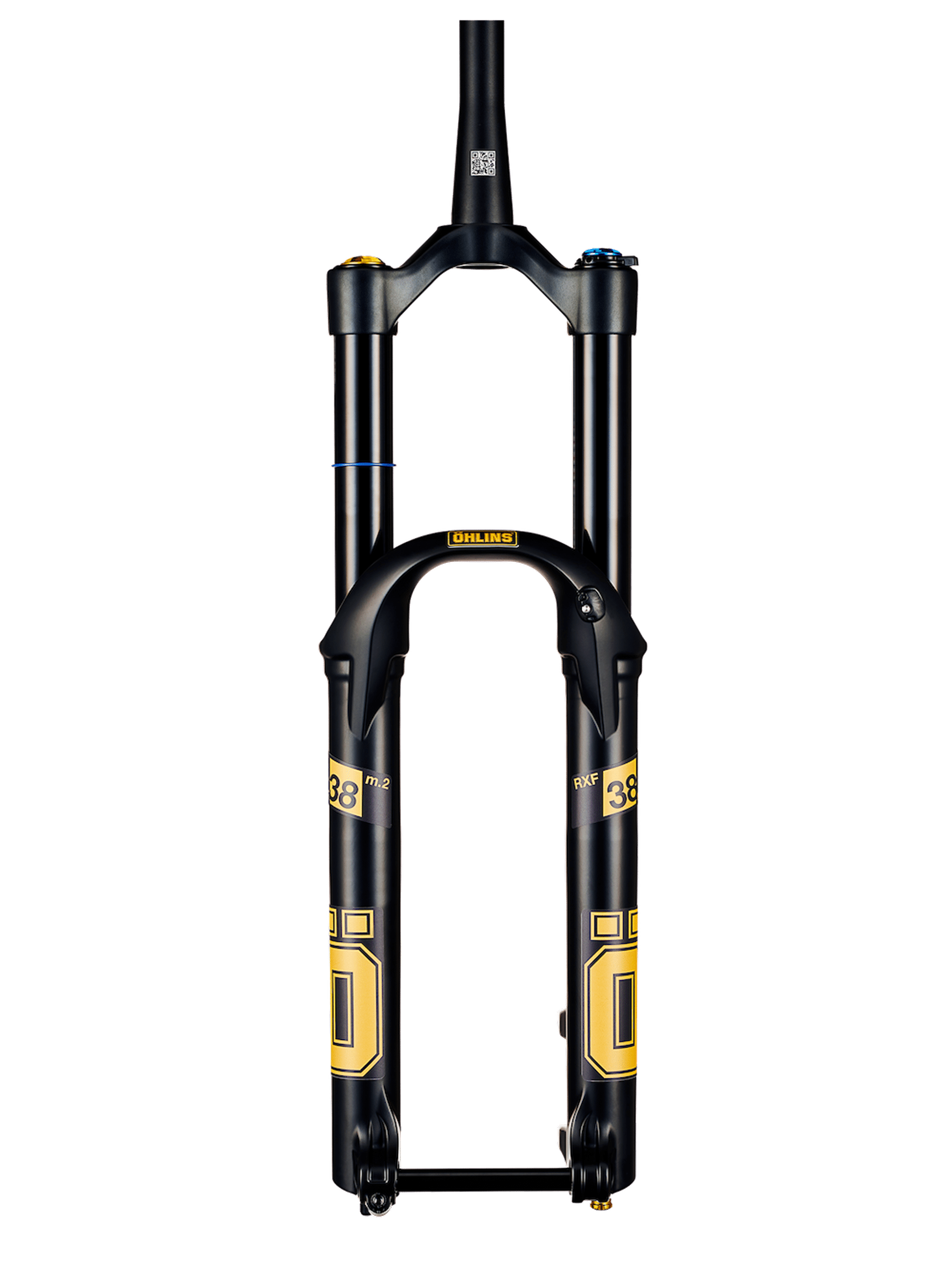
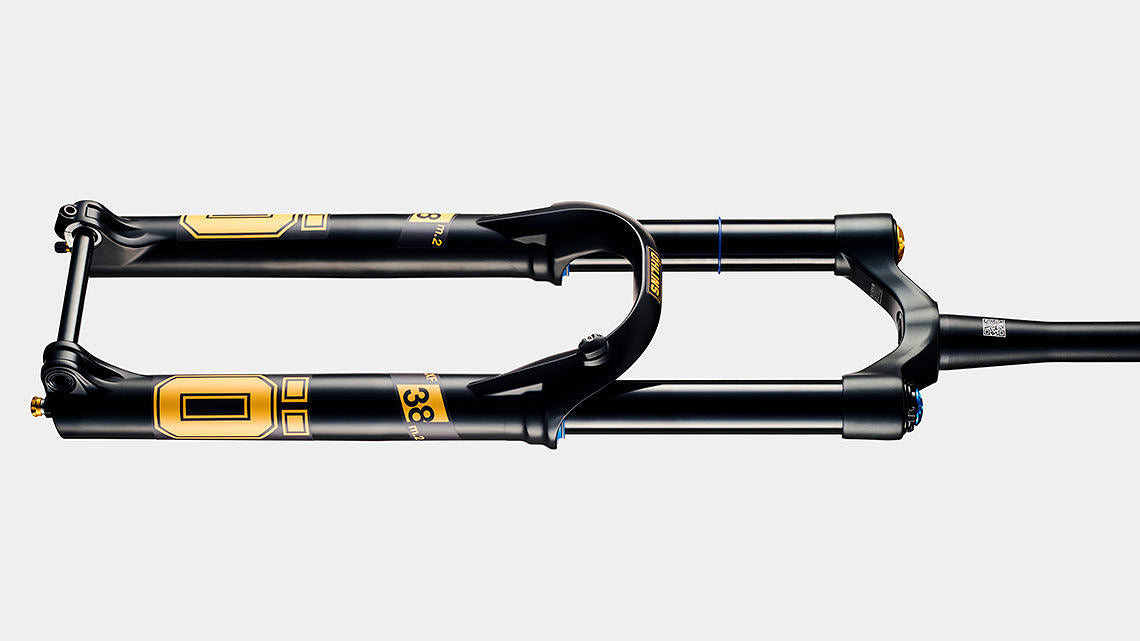
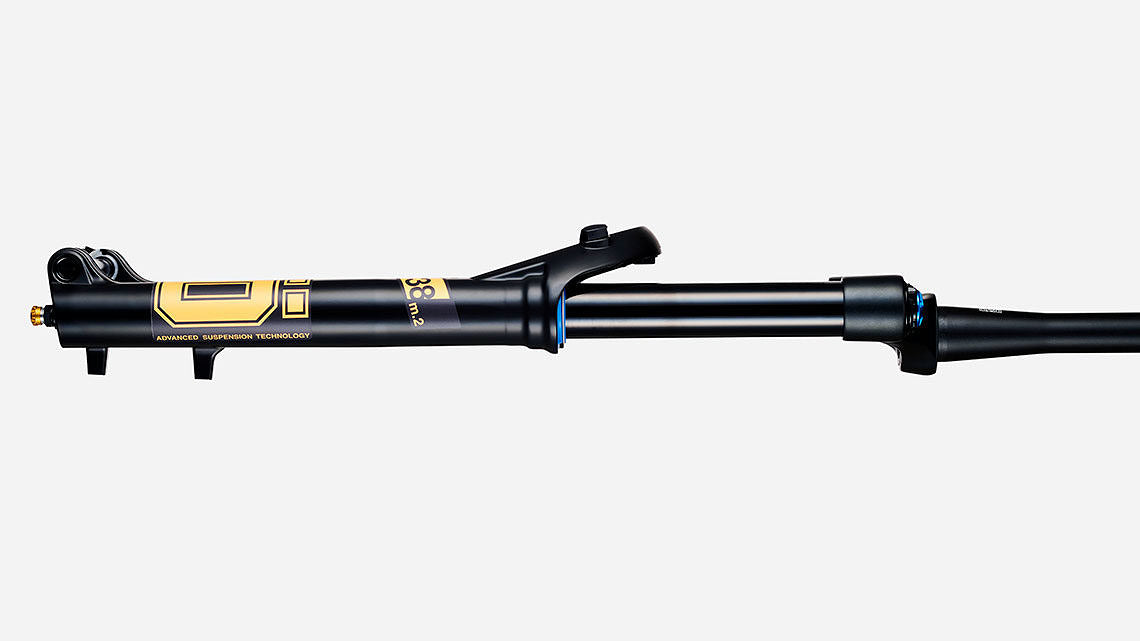
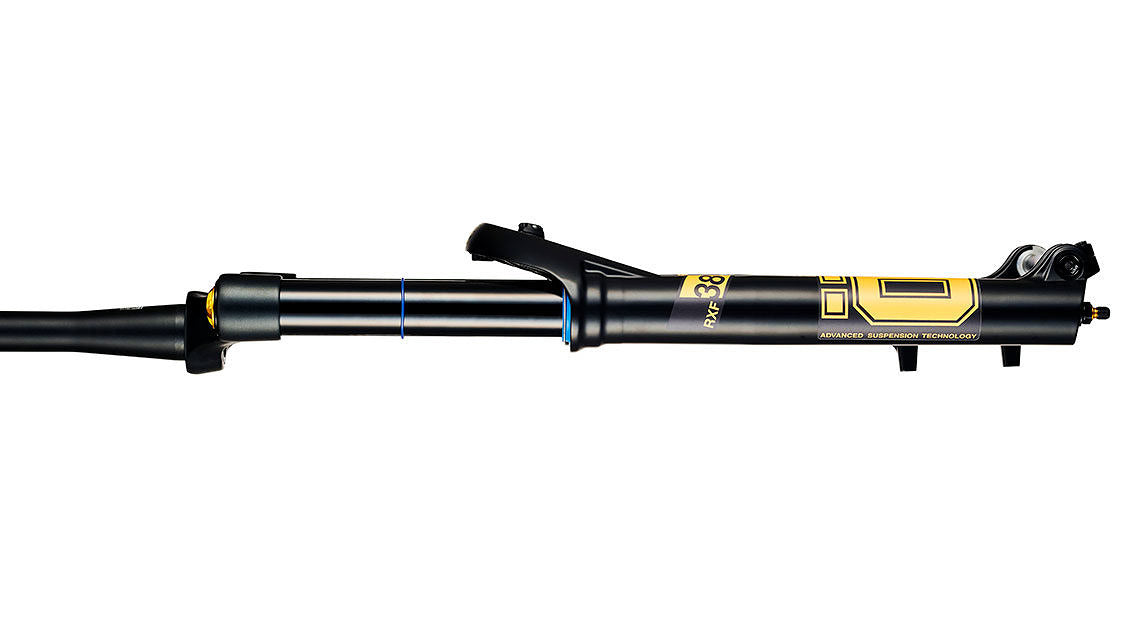
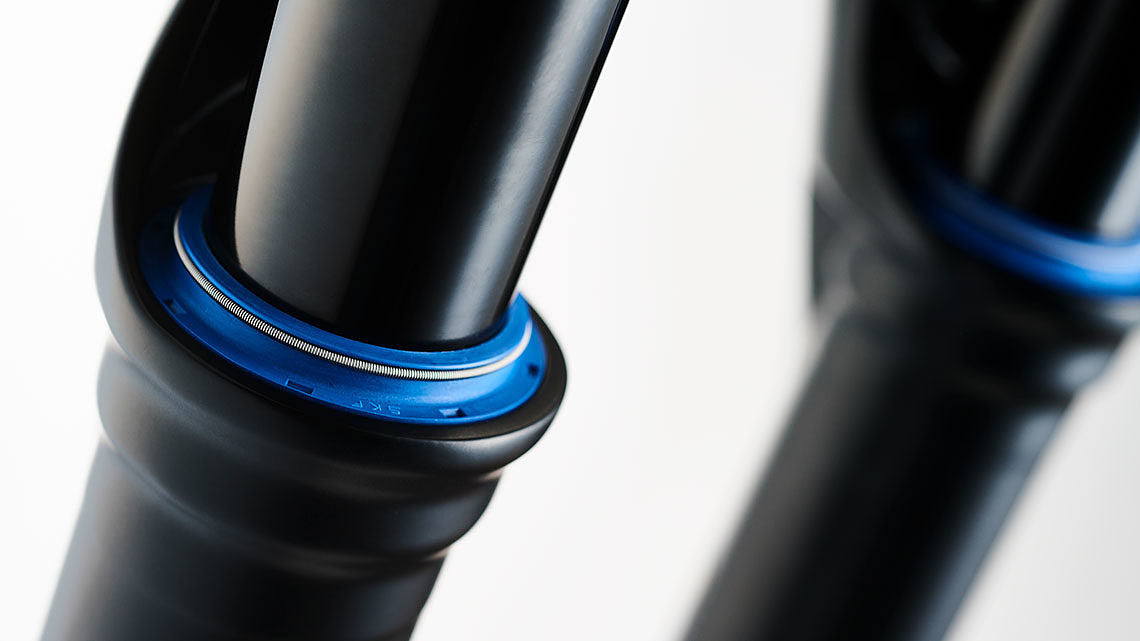

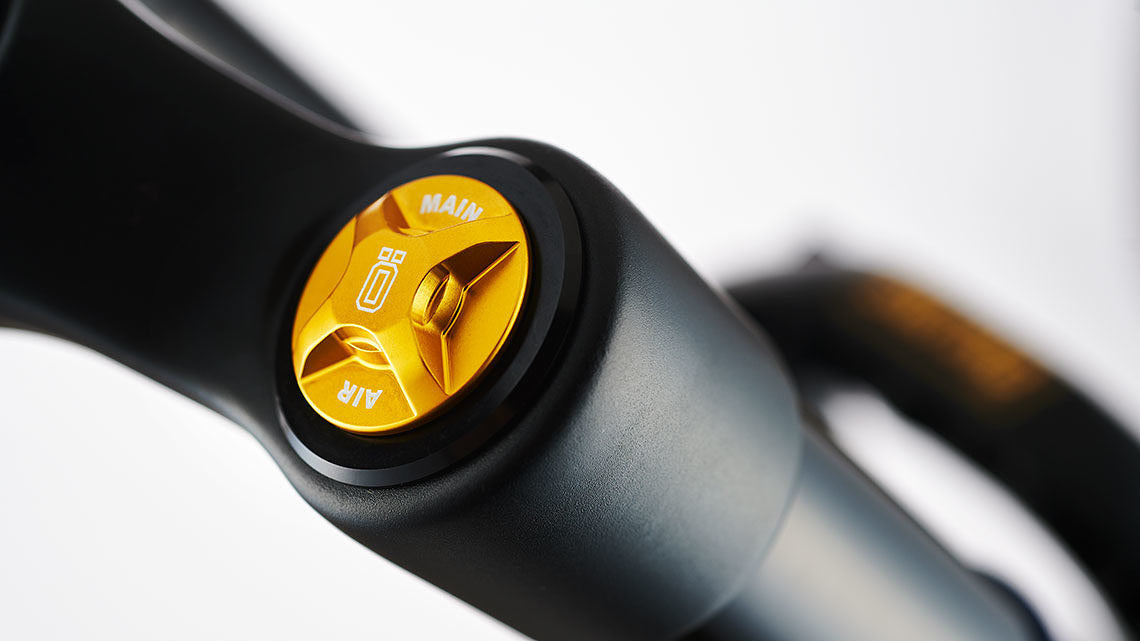
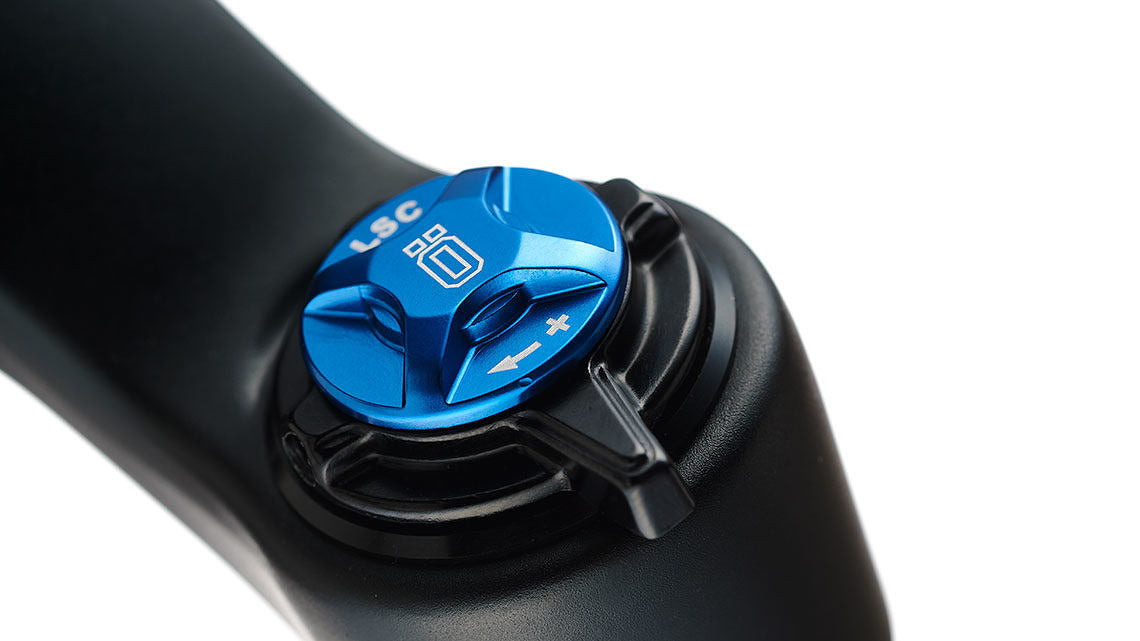
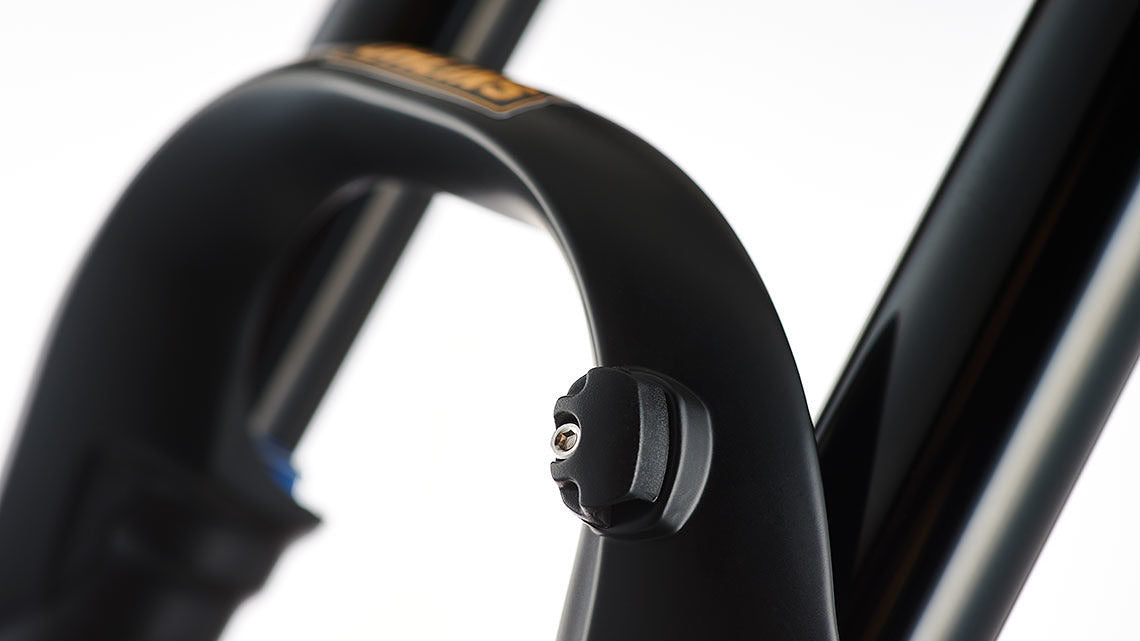
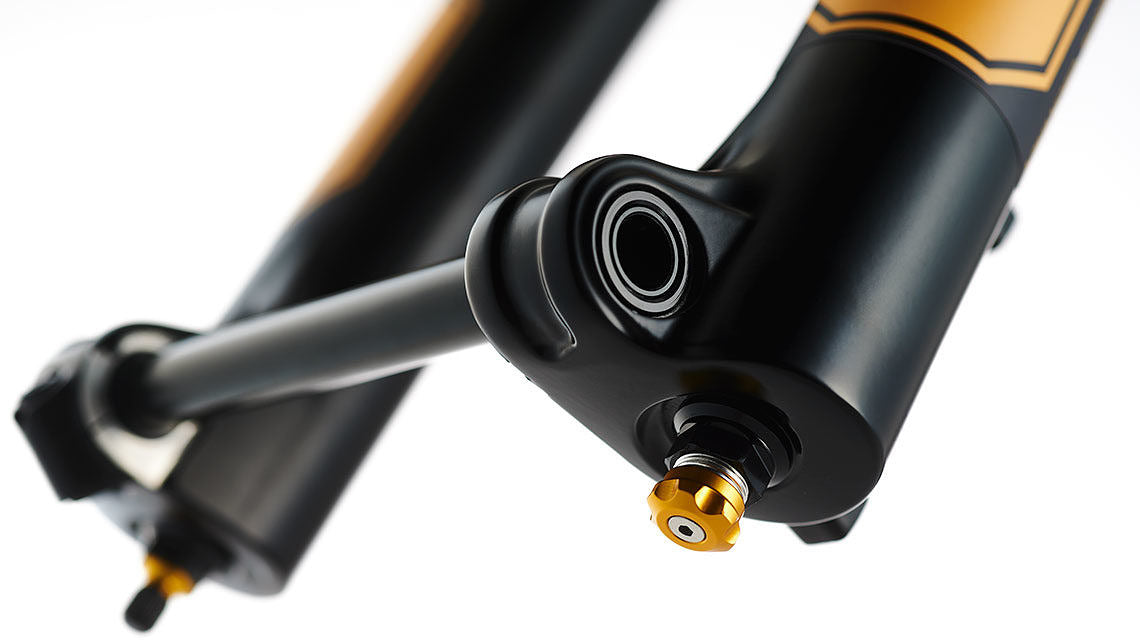
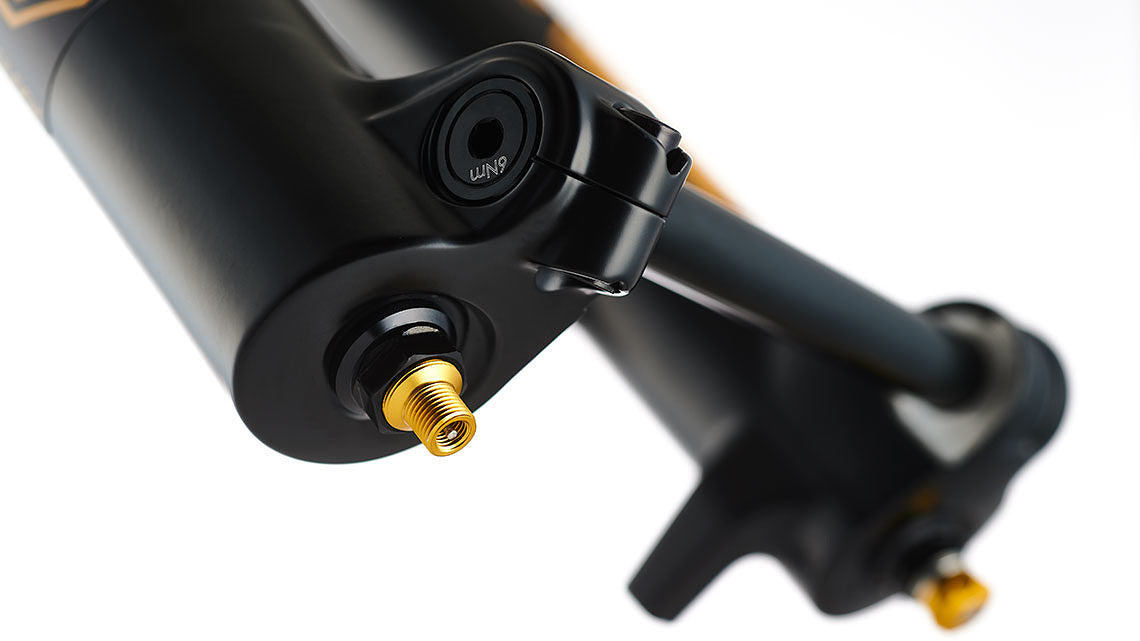
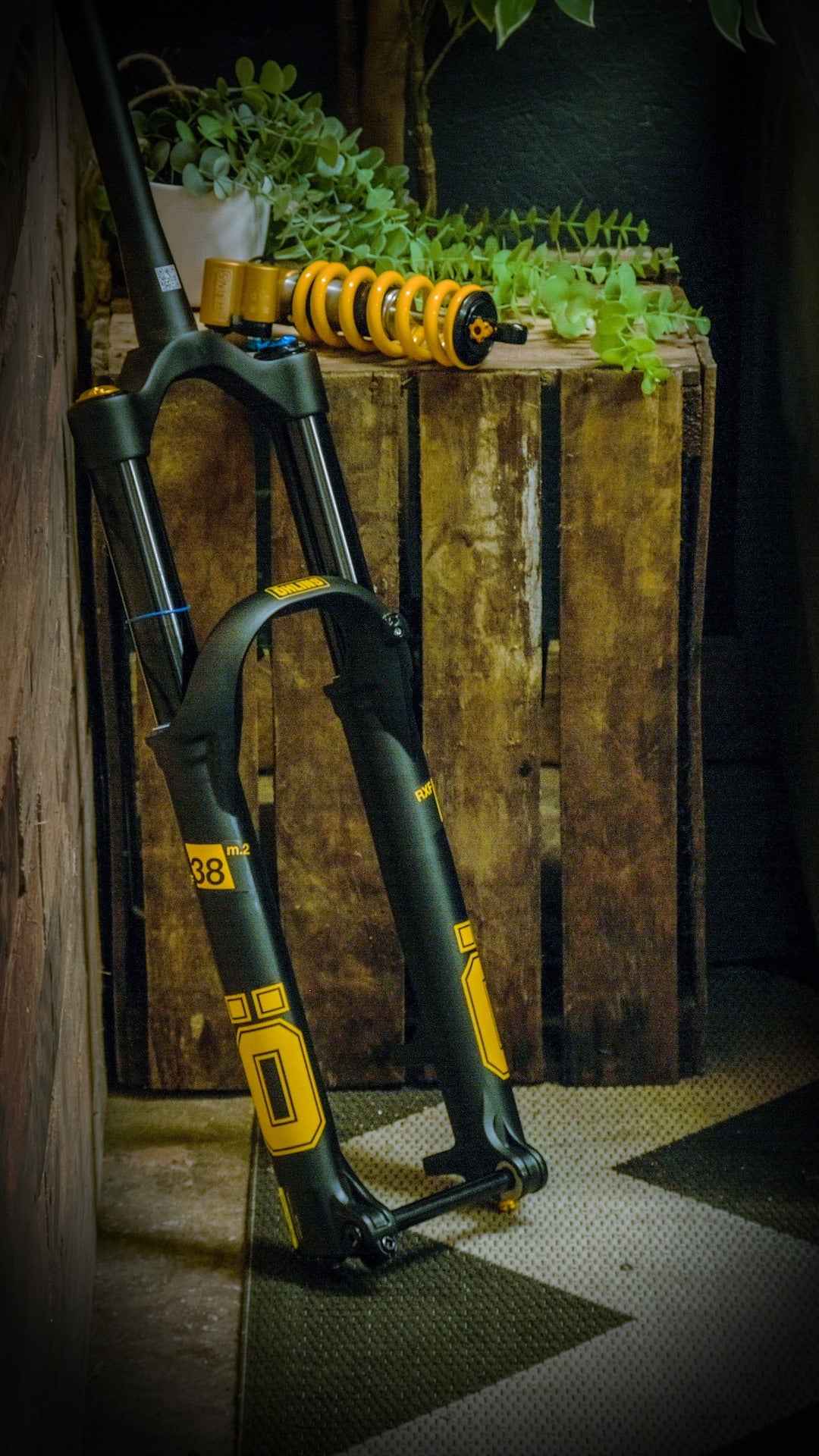
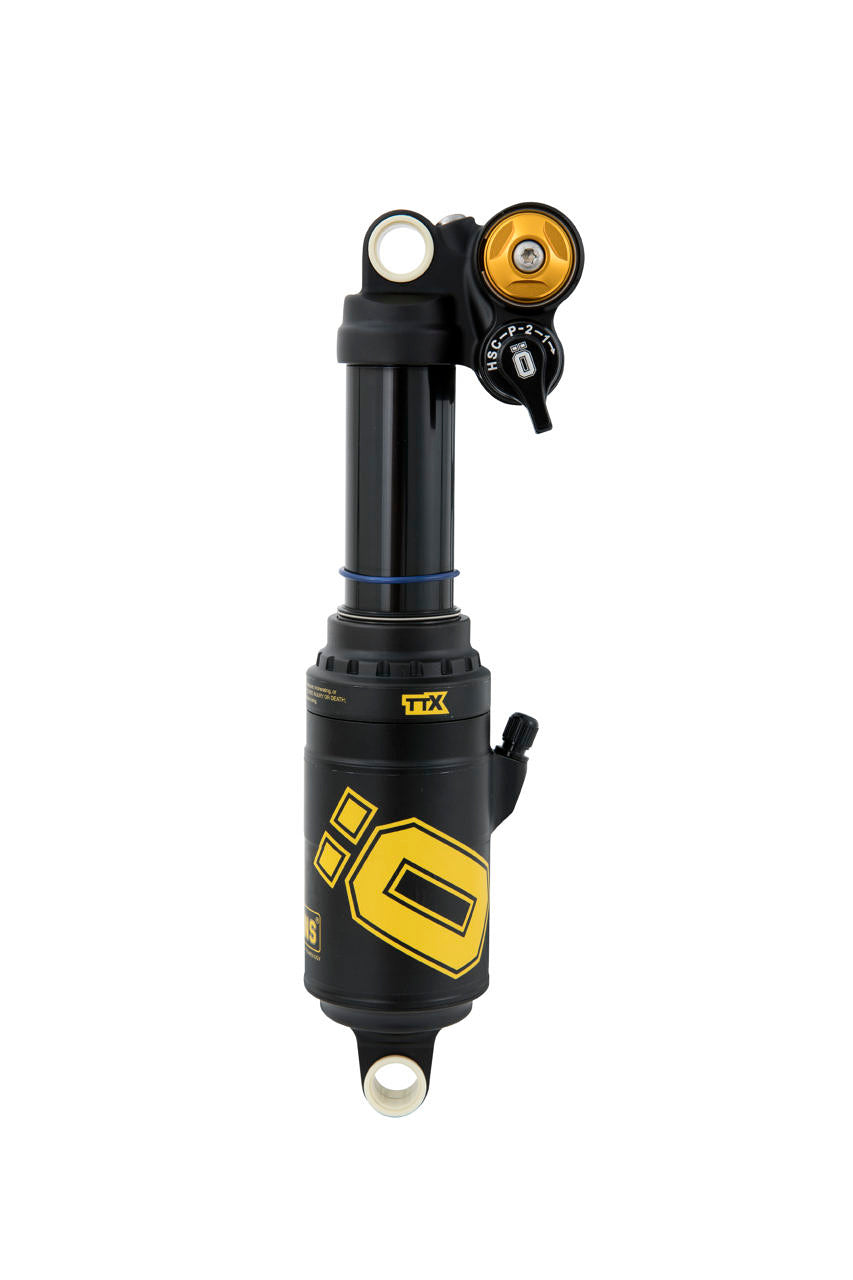
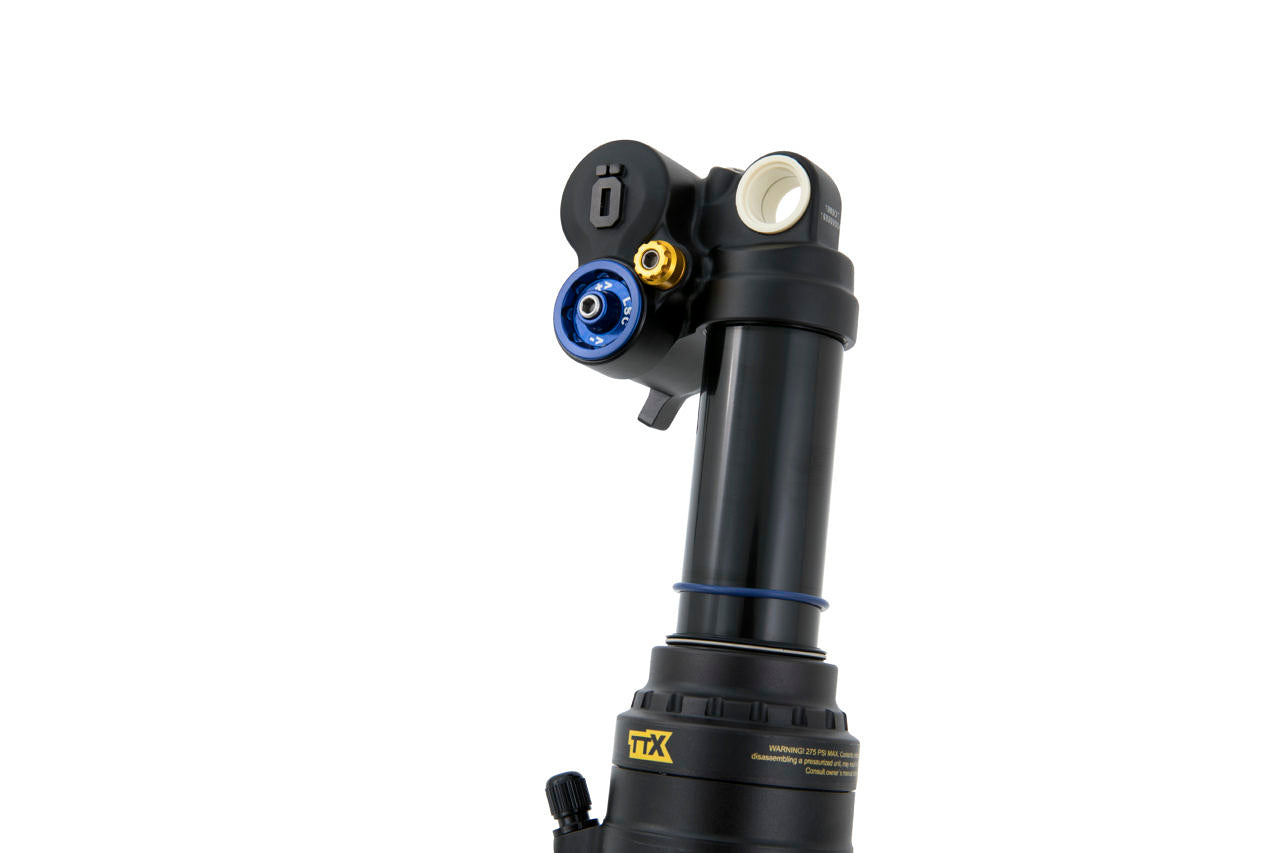





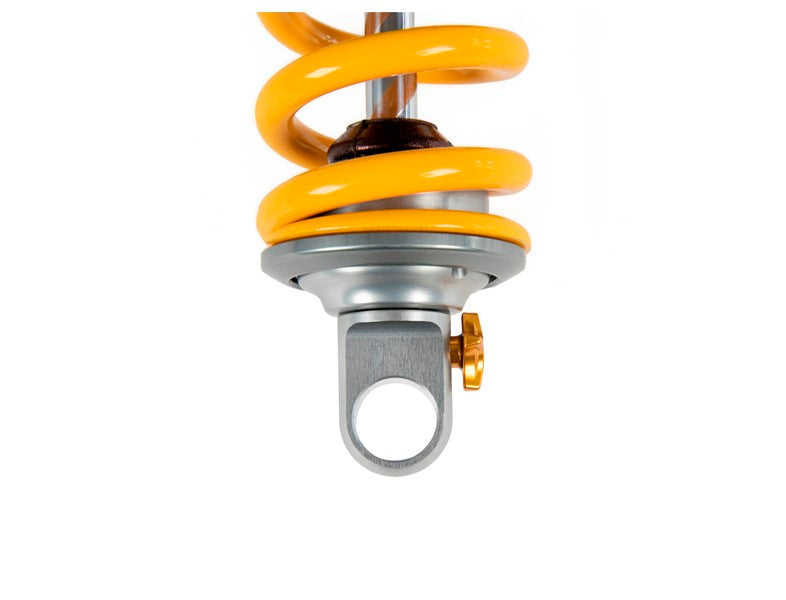
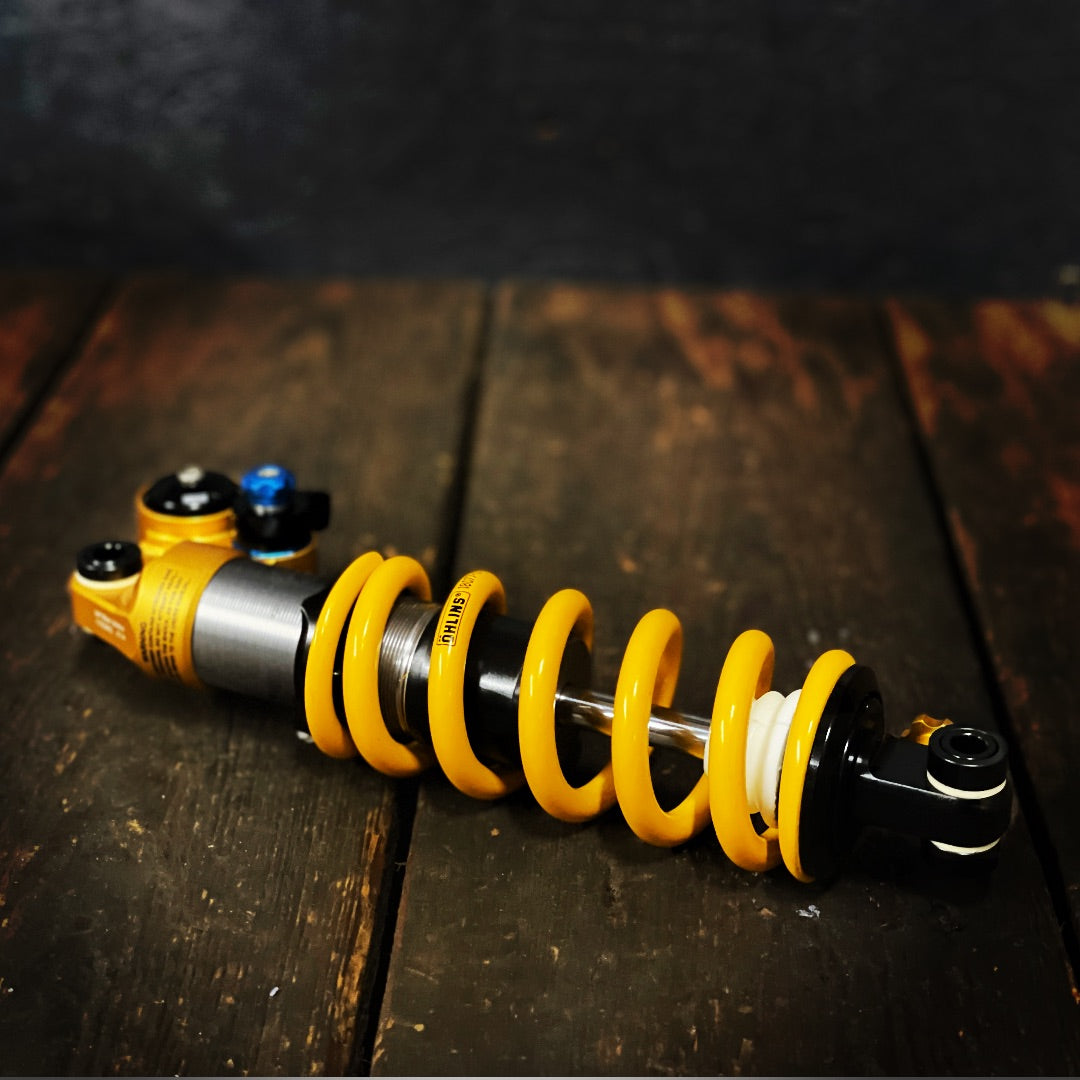
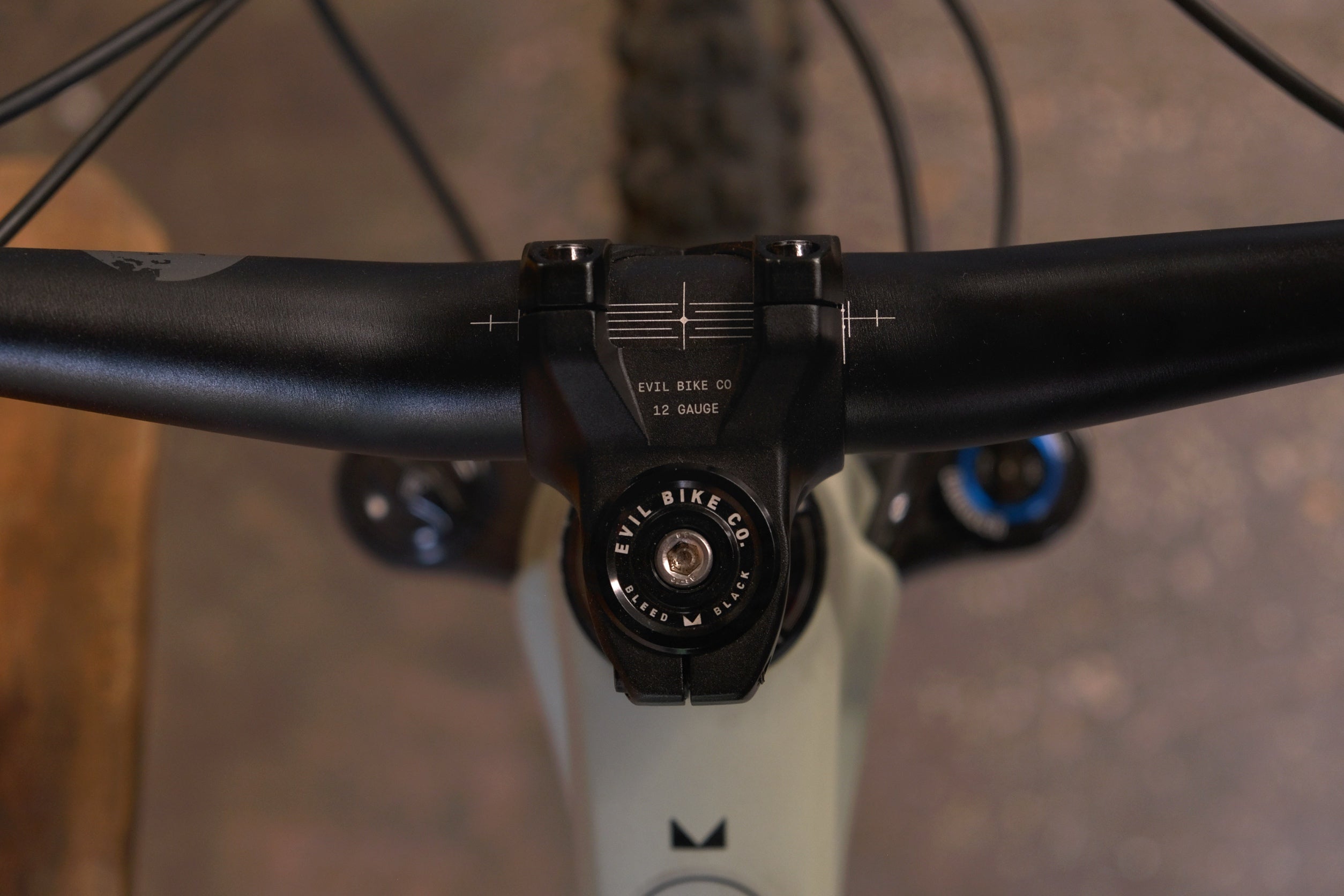
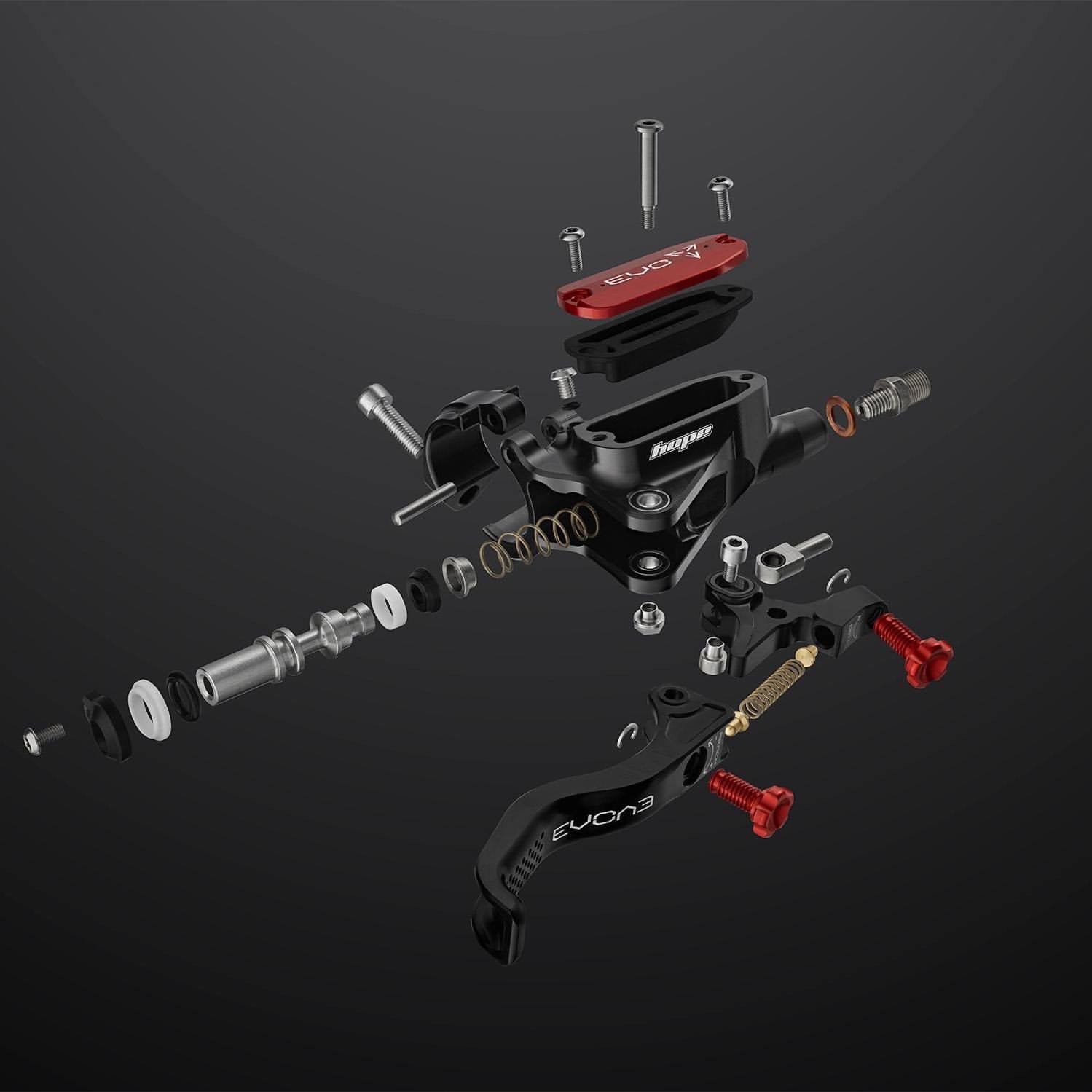
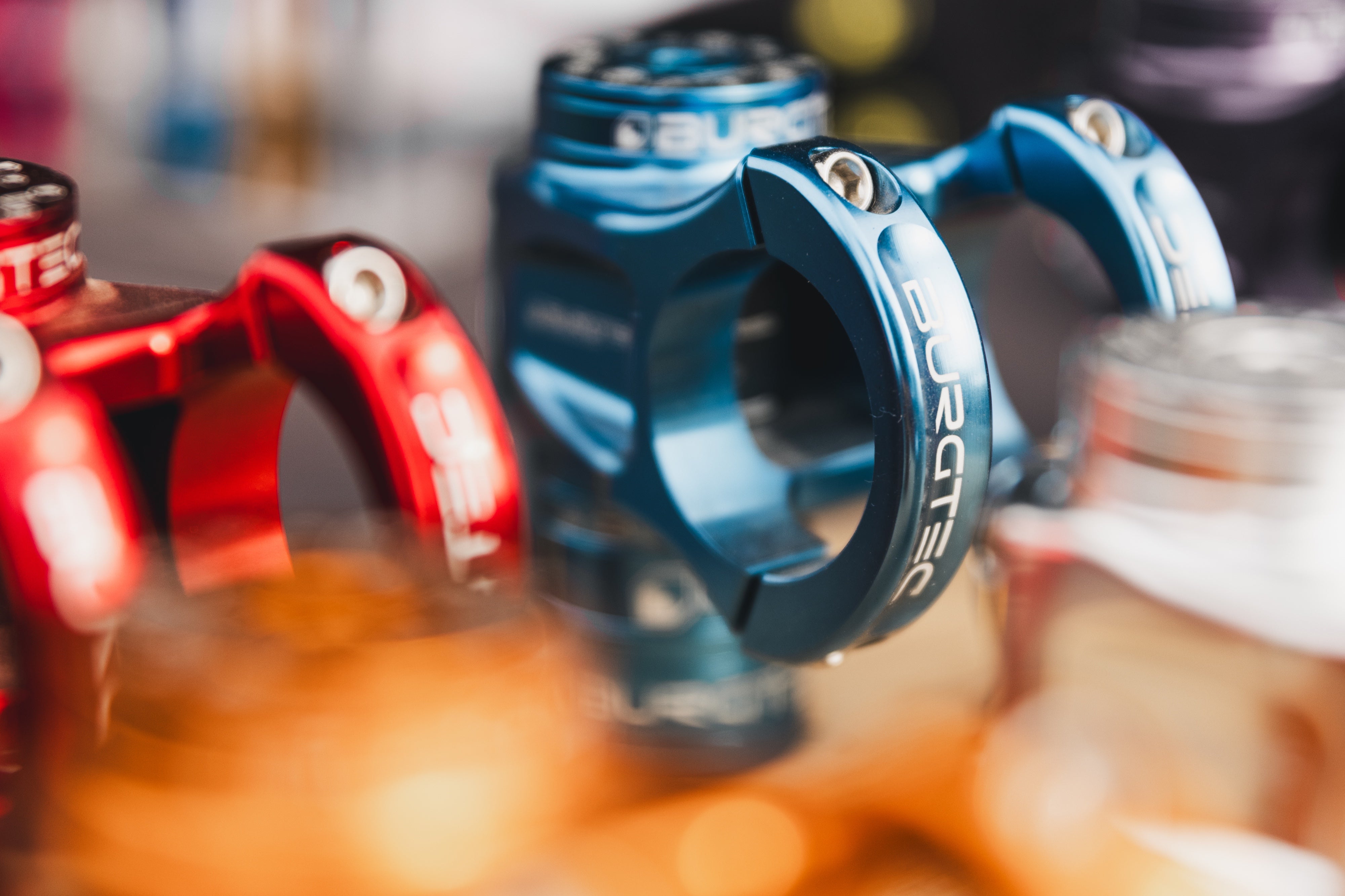
Comments